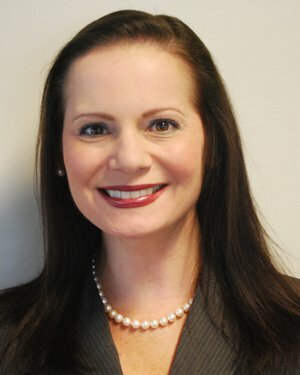Here is the nut graf from the Washington State Supreme Court’s 79-page decision that the state’s funding of public education has fallen to unconstitutional levels. (In point of fact, the state constitution does say: “It is the paramount duty of the state to make ample provision for the education of all children residing within its borders, without distinction or preference on account of race, color, caste, or sex.”) Finds the court:
The word “ample” in article IX, section 1 provides a broad constitutional guideline meaning fully, sufficient, and considerably more than just adequate. Ample funding for basic education must be accomplished by means of dependable and regular tax sources. The State has not complied with its article IX, section 1 duty to make ample provision for the education of all children in Washington.
Pointedly, the justices remark: “This court cannot idly stand by as the legislature makes unfulfilled promises for reform.” Senate Majority Leader Lisa Brown shot back that “the Supreme Court could help out the Legislature by taking a closer look at the constitutionality of a citizen initiative that forces lawmakers to get a two-thirds vote on any tax or fee change,” reports Tacoma’s News Tribune.
Of course, the state constitution refers only to primary and secondary education. The state has been making great strides in getting out of postsecondary education completely. “In 1993-94, resident tuition at the University of Washington was $2,532. By 2003-04 it was $4,863. This year, it is $10,574,” writes Jamie P. Merisotis in a Seattle Times editorial (“Solving Washington state’s education and economy paradox“). “By some measures, state funding for UW has decreased by 50 percent just since 2009.”
Here in Seattle, you could argue, education funding has indeed been ample–the Seattle School District spent about $420 million in 2005-06, an amount that had risen to almost $531 million by 2009-10. (Last year’s budget called for more than $566 million.) The question remains, How well is the school district spending its money? The Seattle Times just reported on an Elway poll that asked 400 respondents how the district was doing: “Seattle residents are pretty happy with the school in their neighborhood and very happy with its teachers, but they’re less sure about the leaders of the city’s public-school system.”
However: “By a margin of 52% to 40% public respondents said they were at least somewhat satisfied with ‘how Seattle Public Schools spends the tax dollars it receives.’ The findings may carry more or less weight with you when you read that only 45 percent of those polled from the “community” had a child in a Seattle public school, or had had one graduate from one, but one thing was clear: An overwhelming majority wanted the district’s focus to be on better classroom instruction. So adding over $100 million to school coffers over that 5-year period either wasn’t enough–or wasn’t wisely used.
